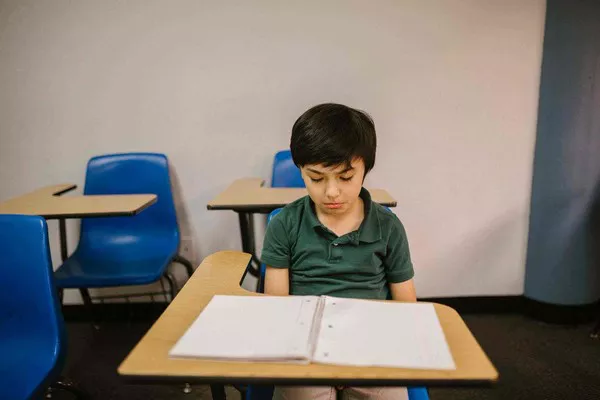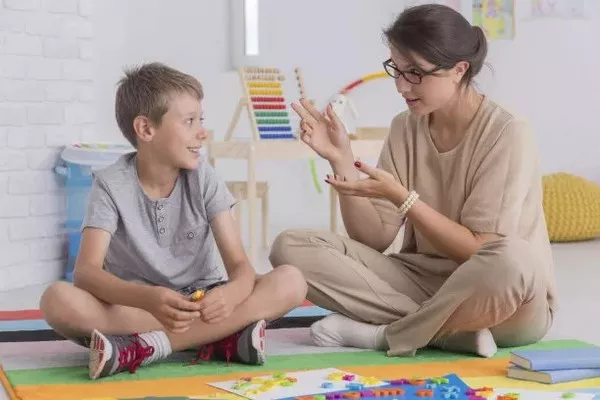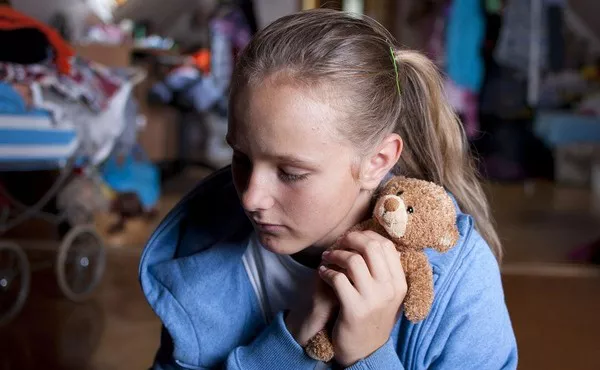Love is one of the most complex and multifaceted emotions humans experience. It can evolve, deepen, and transform in ways that are both beautiful and challenging. Over the course of a romantic relationship, individuals often experience a variety of emotional and psychological phases, each with its own unique set of characteristics. While every relationship is unique, psychologists have identified common stages that most couples pass through as their love grows and changes over time. Understanding these stages can help individuals navigate the ups and downs of their romantic relationships with greater awareness and insight.
In this article, we will explore the 7 stages of love from a psychological perspective, providing an overview of each stage, its emotional characteristics, and the challenges and rewards that come with it.
1. The Honeymoon Stage: Infatuation and Intensity
The first stage of love is often described as the “honeymoon phase,” a period of intense infatuation and emotional highs. This is the stage where everything about your partner seems perfect, and you are completely absorbed in the excitement of a new romantic connection.
Psychological Characteristics
During this stage, people experience heightened feelings of joy, passion, and sexual attraction. The brain releases a surge of “feel-good” chemicals, such as dopamine, oxytocin, and serotonin, which create feelings of euphoria, pleasure, and connection. These neurochemicals contribute to the overwhelming sense of infatuation that often characterizes this stage.
At this point, the focus is largely on each other’s positive traits, and there is a tendency to overlook any potential flaws or incompatibilities. This idealization of a partner can create a sense of deep emotional connection and attraction.
Challenges
Although this stage is often exciting and full of possibility, it can also come with challenges. The intensity of emotions can sometimes lead to a sense of dependency or unrealistic expectations. The rush of early-stage love can mask deeper issues in the relationship, as individuals may not yet fully know or understand each other’s values, needs, and potential sources of conflict.
2. The Doubt Stage: Realization and Conflict
After the honeymoon phase, many couples move into a stage characterized by a shift from idealization to reality. This stage is marked by the emergence of doubts and the first signs of conflict. As the initial rush of infatuation begins to settle, couples may begin to notice differences that were previously overlooked, and minor disagreements may start to feel more significant.
Psychological Characteristics
In this stage, the excitement of the honeymoon phase fades, and reality sets in. The brain’s chemistry stabilizes, and individuals start to experience more balanced, less idealized feelings. This can bring clarity about each other’s personality, habits, and behaviors, which may be less than perfect. This stage often involves the first serious disagreements or differences in opinion.
Couples may start to feel uncertainty or insecurity, particularly if there are unmet needs or communication breakdowns. This stage can lead to self-reflection and a deeper understanding of each other’s emotional and psychological worlds.
Challenges
The doubt stage can be uncomfortable as couples face the reality of their differences. However, it is also a crucial phase for relationship growth. If managed well, this stage provides an opportunity for individuals to communicate openly, develop problem-solving skills, and strengthen the relationship. If ignored or avoided, it can lead to resentment, frustration, and even breakup.
3. The Disillusionment Stage: Testing Boundaries
As couples continue to navigate their relationship, they may enter the disillusionment stage, which involves deeper emotional challenges and tests of the relationship’s long-term viability. The initial excitement may be replaced by frustration, disappointment, or feelings of stagnation.
Psychological Characteristics
This stage is often characterized by a growing awareness of the differences between partners and the realization that love requires effort and compromise. The idealized image of one’s partner begins to fade, and both individuals may feel disillusioned or let down by unmet expectations.
During this phase, couples often experience growing tension as they confront unresolved issues, differences in values or lifestyle, and personal limitations. The emotional highs of the honeymoon stage are replaced with emotional lows, and conflict may become more frequent or intense.
Challenges
The disillusionment stage can be one of the most difficult periods in a relationship, as couples are forced to face the reality of their differences. However, it is also a crucial time for growth and development. Couples who are able to communicate effectively, work through their challenges, and develop healthier coping strategies can emerge from this stage stronger and more committed.
4. The Stability Stage: Building Trust and Understanding
Following the turbulence of the earlier stages, many couples enter the stability stage, where they start to establish a sense of trust, emotional security, and understanding. In this phase, the relationship begins to feel more settled and balanced.
Psychological Characteristics
At this point, both partners have had enough time to learn about each other’s needs, desires, and quirks. The sense of emotional intimacy deepens, and partners begin to feel more comfortable and secure in their connection. Communication becomes more open and honest, and both individuals have a greater understanding of each other’s emotional landscapes.
In this stage, the relationship tends to stabilize, and couples may begin to make long-term commitments or decisions, such as moving in together, marriage, or starting a family. While the intensity of early love may have diminished, the emotional bond deepens, and the relationship becomes more grounded in mutual respect and understanding.
Challenges
While the stability stage is generally a period of calm, it can also bring challenges. Routine and familiarity can sometimes lead to complacency, or couples may struggle to maintain the passion and excitement they once had. It’s important to continue to nurture the relationship and keep the lines of communication open in order to avoid stagnation.
5. The Commitment Stage: Deepening Emotional Connection
The commitment stage is marked by a deepening emotional bond and a long-term commitment to the relationship. By this point, both individuals have a clear understanding of each other’s values, goals, and emotional needs, and they are fully invested in making the relationship work.
Psychological Characteristics
In the commitment stage, the relationship is often characterized by mutual respect, deep trust, and emotional intimacy. Couples feel a strong sense of loyalty and are willing to put in the work necessary to maintain the relationship. There is often a shift from individual desires to shared goals, with both partners seeking to create a life together.
At this stage, many couples feel comfortable in their roles within the relationship and may begin to feel a sense of fulfillment, satisfaction, and stability. The bond between partners is rooted in shared history, mutual support, and a commitment to each other’s happiness.
Challenges
While the commitment stage brings emotional stability, it can also bring new challenges. Life changes, such as parenting, career shifts, or financial strain, can place pressure on the relationship. Maintaining intimacy and connection in the face of these challenges requires continuous effort, compromise, and adaptability.
6. The Co-Creation Stage: Mutual Growth and Shared Goals
In the co-creation stage, couples work together to build something larger than themselves—whether it’s a family, a business, or a shared life mission. This stage is characterized by a sense of collaboration, where both partners feel they are growing together and supporting each other’s individual goals.
Psychological Characteristics
This stage often involves a strong sense of partnership and teamwork. Couples may begin to achieve significant milestones together, such as buying a house, raising children, or embarking on a shared project. The relationship is less about individual needs and more about the collective vision the couple shares.
There is often a sense of mutual growth, where both partners support each other’s personal and professional development. This stage can bring a renewed sense of purpose and fulfillment, as the couple works together toward shared goals and dreams.
Challenges
The co-creation stage requires constant communication, flexibility, and shared responsibility. Balancing personal ambitions with the needs of the relationship can be challenging, and disagreements may arise when both partners’ visions or goals differ. However, if managed well, this stage can be highly rewarding and bring a sense of shared accomplishment and meaning.
7. The Completion Stage: Long-Term Fulfillment and Partnership
The final stage of love, often referred to as the “completion stage,” is characterized by a deep, enduring sense of fulfillment and partnership. Couples at this stage have likely been together for many years, and their relationship has evolved into a long-lasting bond built on mutual respect, trust, and understanding.
Psychological Characteristics
In the completion stage, the relationship is grounded in unconditional love, where both partners are deeply committed to each other’s well-being. There is often a profound sense of contentment, with both individuals having a clear sense of their shared life journey. At this stage, love is less about intense passion and more about companionship, shared values, and deep emotional connection.
There is often a sense of comfort and security, as both partners have weathered many challenges together and have grown into a true partnership. This stage reflects a deep sense of mutual fulfillment and shared meaning.
Challenges
Although the completion stage is marked by emotional security and satisfaction, it does not mean that challenges disappear entirely. Couples may still face new life transitions, such as aging, health issues, or the “empty nest” phase. The key challenge in this stage is to continue nurturing the relationship, maintaining emotional intimacy, and adjusting to new phases of life together.
Conclusion
Love is not static; it is a dynamic, evolving experience that grows and changes over time. The 7 stages of love provide a useful framework for understanding the psychological journey of a romantic relationship. Each stage brings its own unique challenges and rewards, from the exhilarating highs of infatuation to the deep, enduring fulfillment of lifelong partnership.
By understanding the stages of love, individuals can approach their relationships with greater insight and resilience, recognizing that growth and change are part of the natural evolution of love. Whether in the early stages of infatuation or the later stages of deep connection, love remains a transformative force in the lives of those who experience it.


























